The Colombian authorities confirmed on Sunday they had retrieved the sought-after bounty aboard the sunken San Jose galleon that went down off the Colombian coast more than 300 years ago. Estimates of the total cost of the recovered loot vary but most put the treasure’s value at around US$3 billion.
The depths of the world’s seas and oceans hide many sunken ships, not all as rich in treasures as the Spanish galleon, however historically and culturally equally significant. Some of the most famous shipwrecks in the world are presented in this gallery.
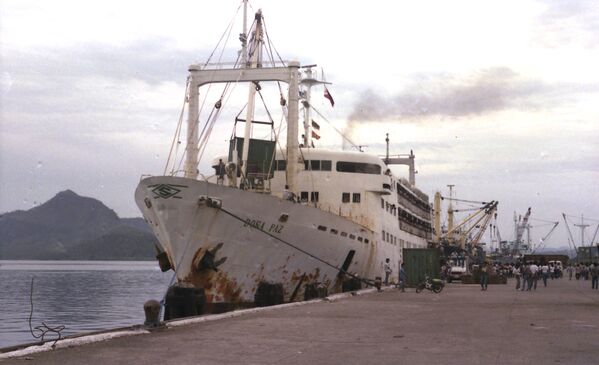
One of the world’s deadliest shipwrecks – the sinking of Dona Paz that was sailing between Manila and outlying islands when she collided with an oil tanker called the MT Vector and caught fire. The disastrous accident claimed more than 4000 lives. The death toll was so high because rescuers did not arrive for eight hours.

2/10
© AP Photo
Undated file photo of the doomed liner the S.S. Titanic. Salvage operators hope to raise a large chunk of the British liner, which sunk on it's maiden voyage 84 years ago, when it struck an iceberg in the north Atlantic. More than 1500 people died in the icy waters of the Atlantic when Titanic sank.

Senegalese ferry MS Joola capsized in a storm off the West African coast on September 26, 2002. It was revealed that 1, 034 passengers had been on board, ven though some sources say that the number was close to 2000. Only 64 are known to have survived. The exact number of casualties from the disaster is unknown because many people did not have tickets.
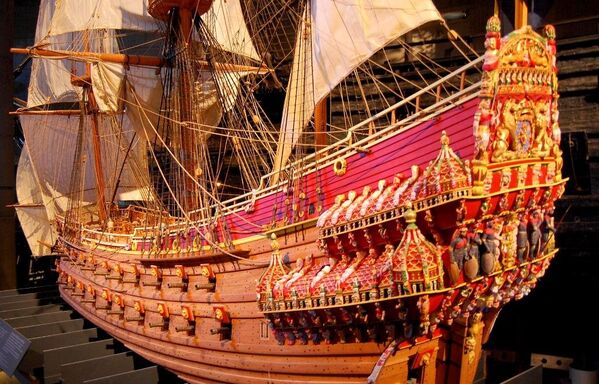
The Vasa was a Swedish warship that foundered and sank after sailing less than a nautical mile (2 km) into her maiden voyage on 10 August 1628. She was located again in the late 1950s, in a busy shipping lane just outside the Stockholm harbour. She was salvaged with a largely intact hull on 24 April 1961. She was housed in a temporary museum called "The Wasa Shipyard" until 1987, and was then moved to the Vasa Museum in Stockholm.
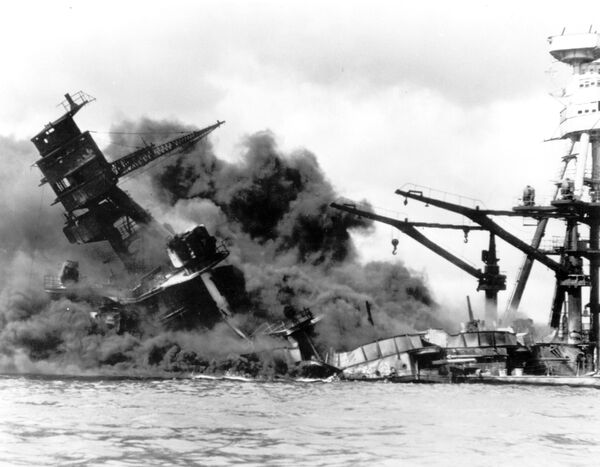
5/10
© AP Photo
In this photo, the battleship USS Arizona belches smoke as it topples over into the sea during a Japanese surprise attack on Pearl Harbor, Hawaii, December 7, 1941. The ship sank with more than 80 percent of its 1,500-man crew, including Rear Admiral Isaac C. Kidd . The attack, which left 2,343 Americans dead and 916 missing, broke the backbone of the US Pacific Fleet and forced America out of a policy of isolationism. President Franklin D. Roosevelt announced that it was “a date which will live in infamy” and Congress declared war on Japan the morning after. This was the first attack on American territory since 1812.

Referred to as the "sugar boat" because she was carrying a load of sugar when she went down in 1974, the Greek freighter Captayannis is now a melancholy sight indeed, sitting in the middle of Scotland's River Clyde. It sank after a collision with the BP tanker British Light. British tugs were able to rescue the ship's crew.
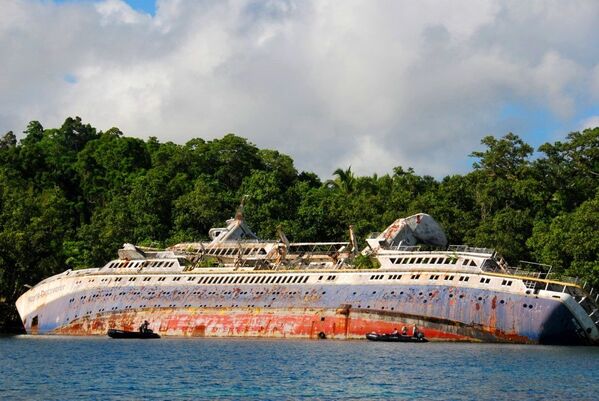
Built in Germany as a cruise ship, the World Discoverer struck an uncharted coral reef in Sanfly Passage, 20 miles north of the Soloman's capital of Honiara, and was later run aground by its captain to prevent it sinking further. All 99 passengers were evacuated safely. The World Discoverer is still on the Nggela Islands and is now a popular tourist attraction often visited by other cruise ships.

8/10
© AP Photo
This is a general view of the British cargo and passenger ship Lusitania as it sets out for England on its last voyage from New York City on May 1, 1915. The British ocean liner was torpedoed by a German U-boat off the southern coast of Ireland on May 7, 1915 and sank in 18 minutes, killing 1,150 people.
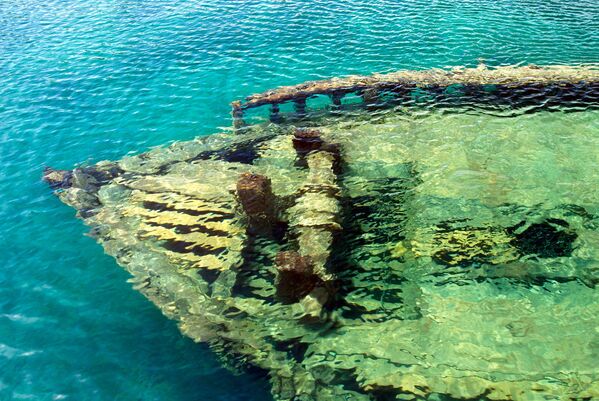
Located in the Fathom National Marine Park in Tobermory, Ontario, the Schooner Sweepstakes is one of the world's most visited sunken ships. The Sweepstakes sank in 1885 in Big Tub Harbor and is now lying just twenty feet below the surface. The park authorities put up fences to protect from divers what is considered by many to be the world’s most beautiful shipwreck.

10/10
© AP Photo
The Bismarck, Germany’s largest battleship and the largest fighting ship ever built by the Reich, was launched at Hamburg. Before the launching took place Adolf Hitler made a twelve-minute speech in which he declared that Bismarck laid the foundations of the Nazi state for he began the triumph over Psychological, racial and regional prejudices. A direct hit blasted the 5,000-ton Bismarck shortly before it sank in the Atlantic 400 miles West of Brest, France, following a 1,750 mile chase from Bergen, Norway, by air and sea units of the British Navy. The Bismarck's remains were discovered by Dr Robert Ballard, the man who discovered the Titanic, in 1989.



